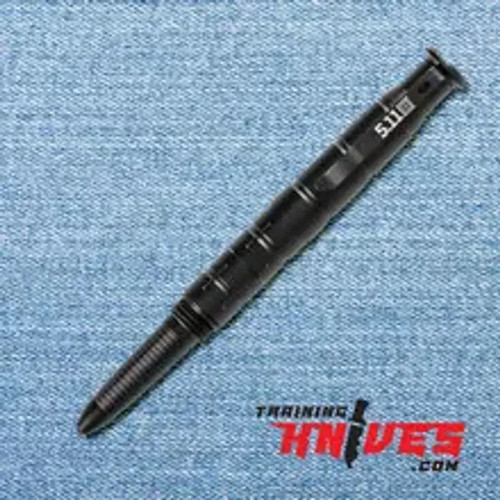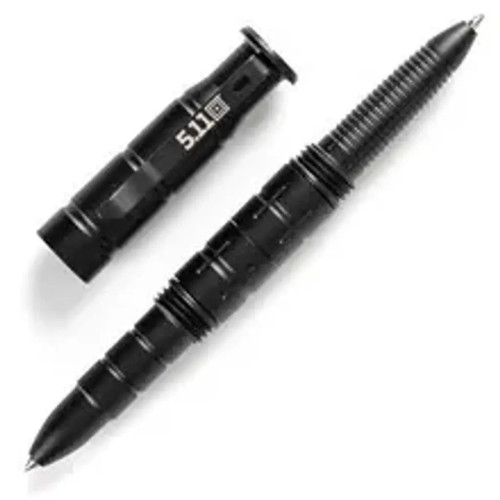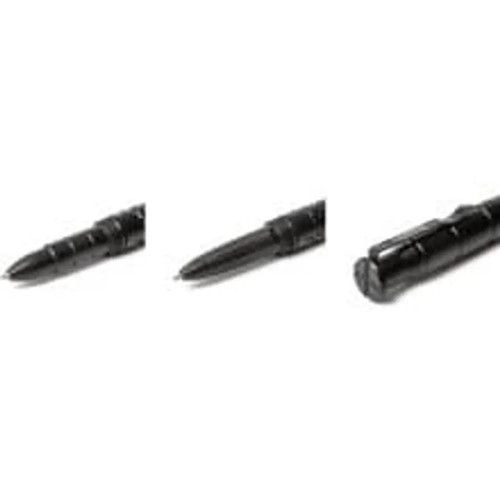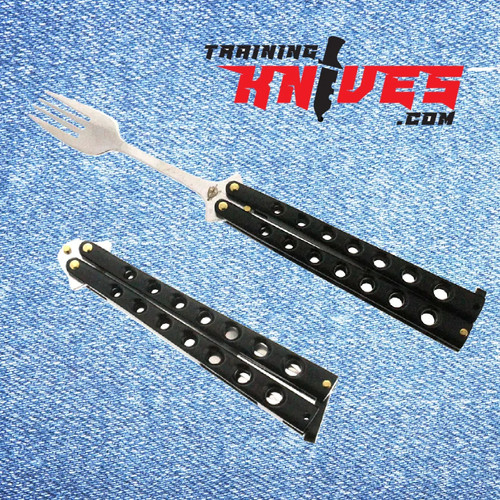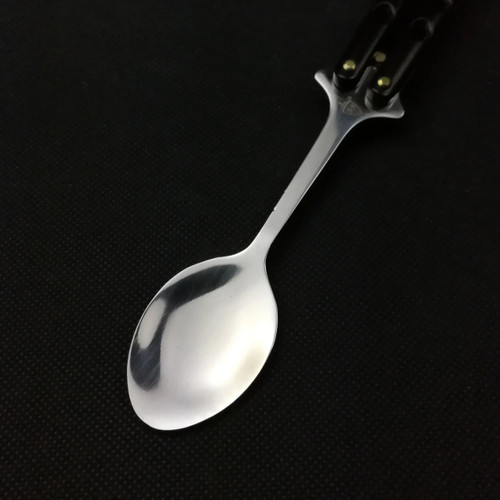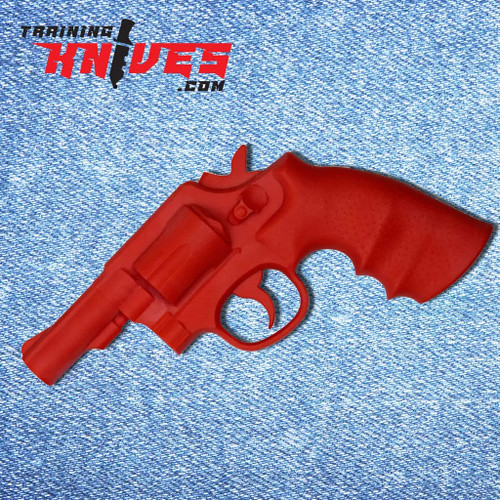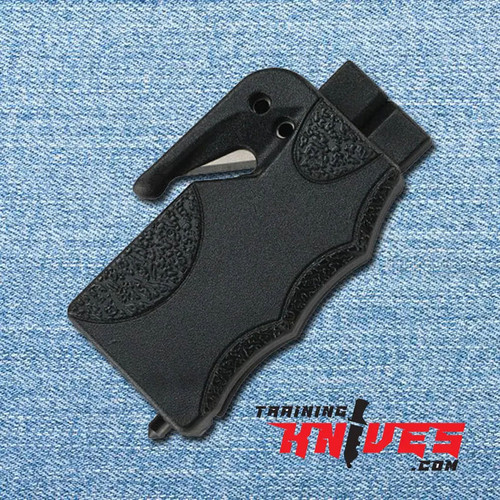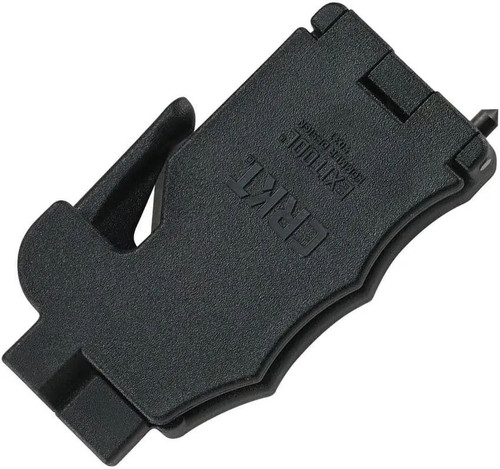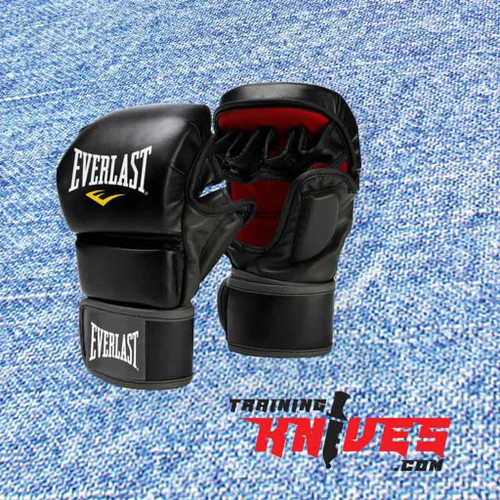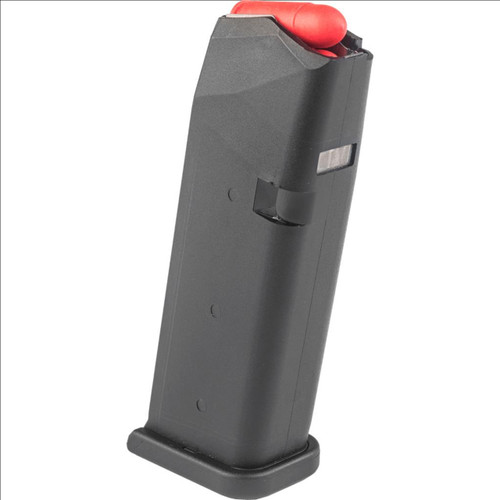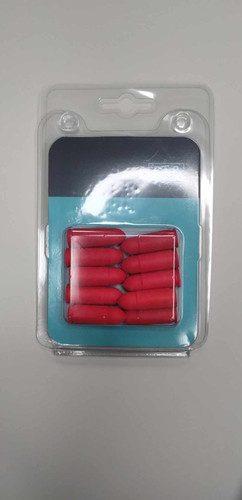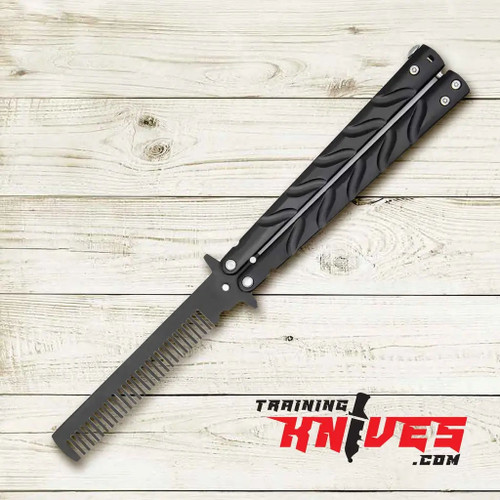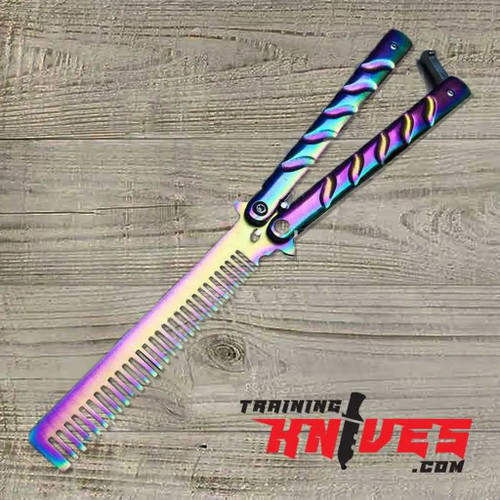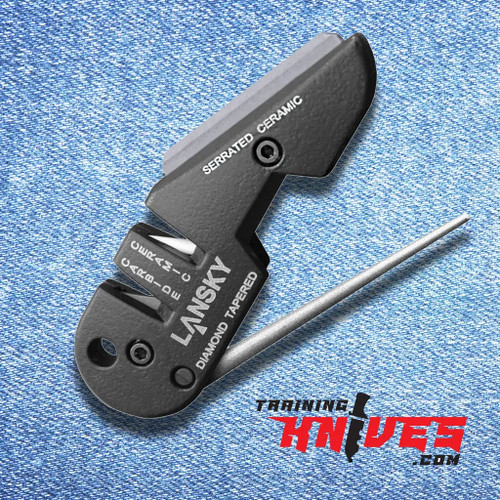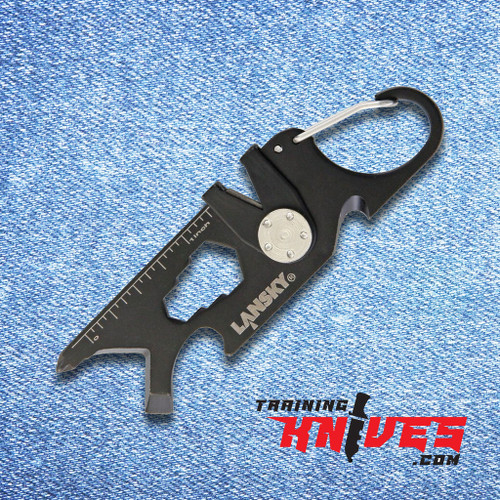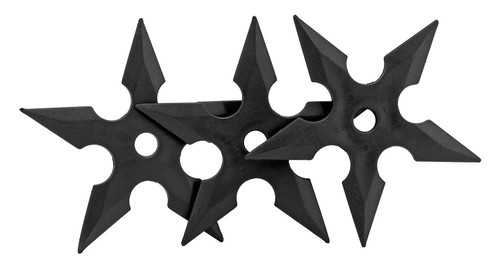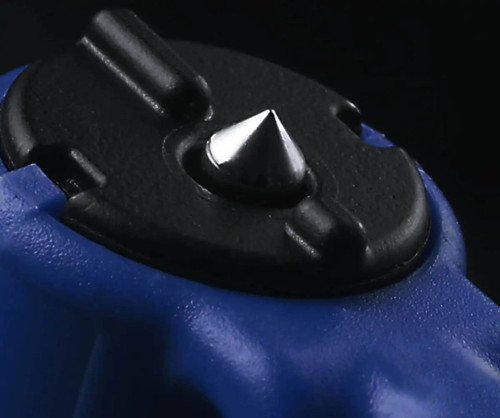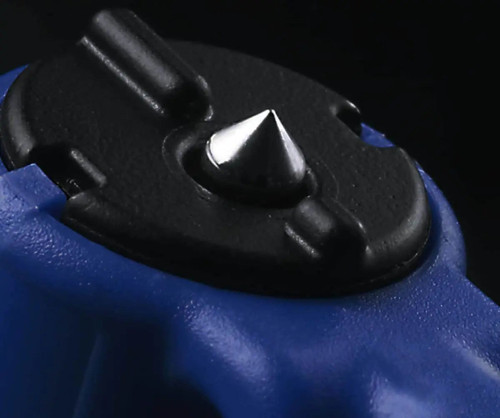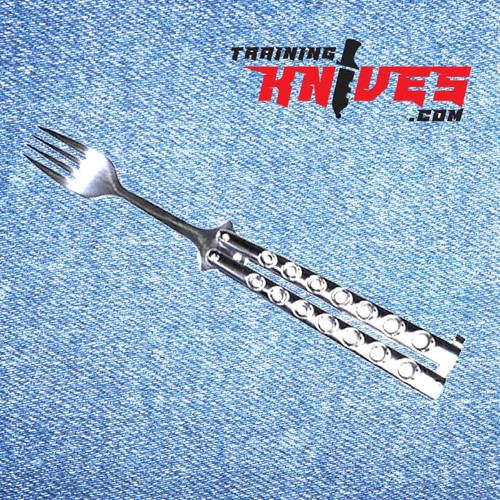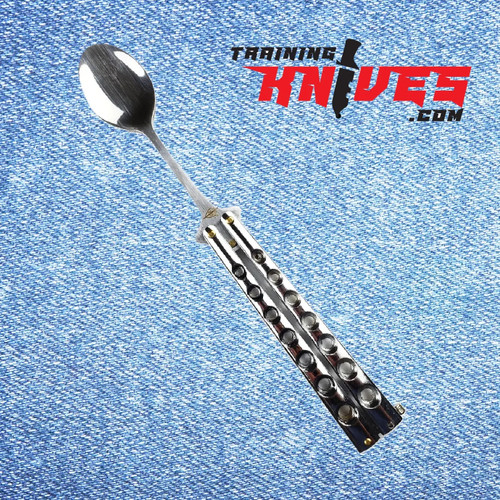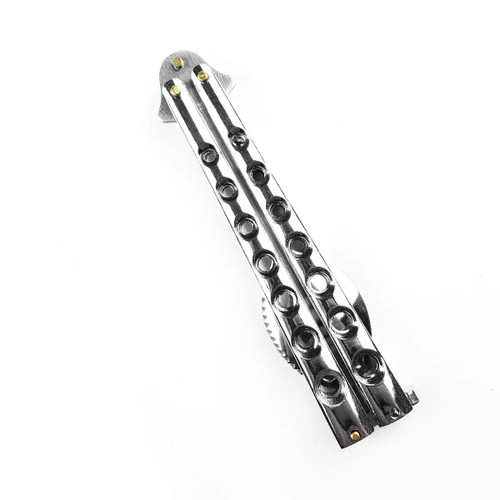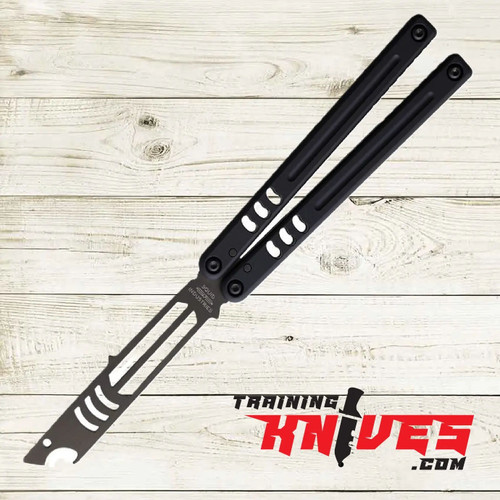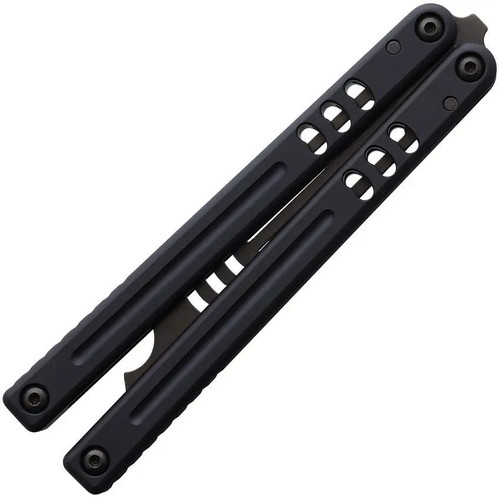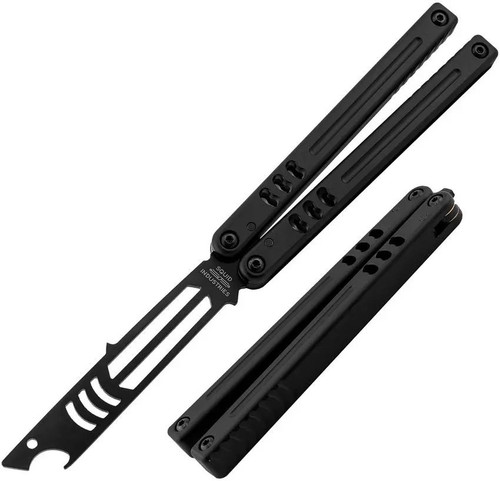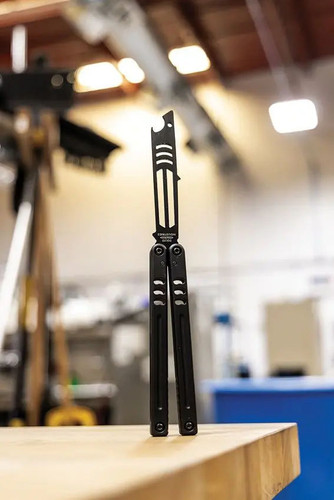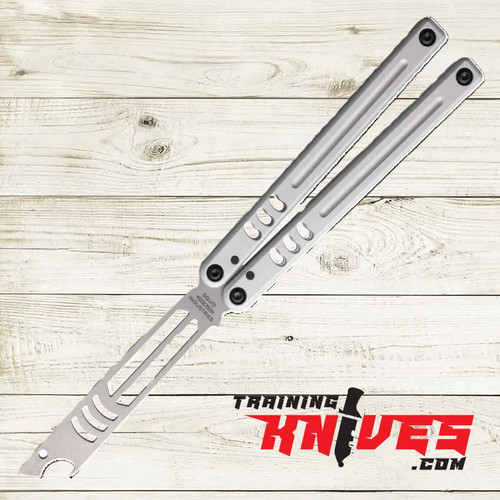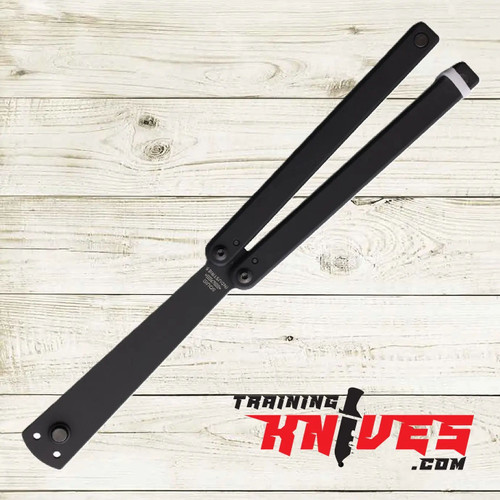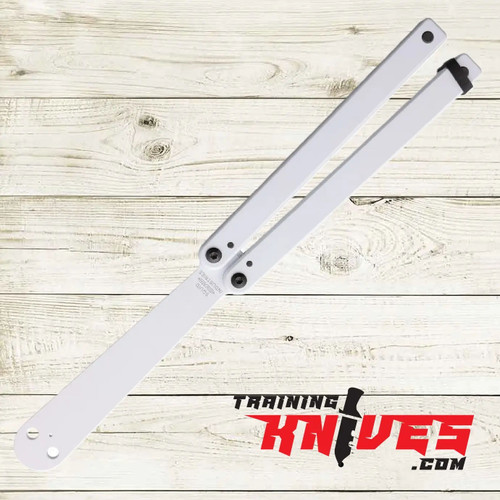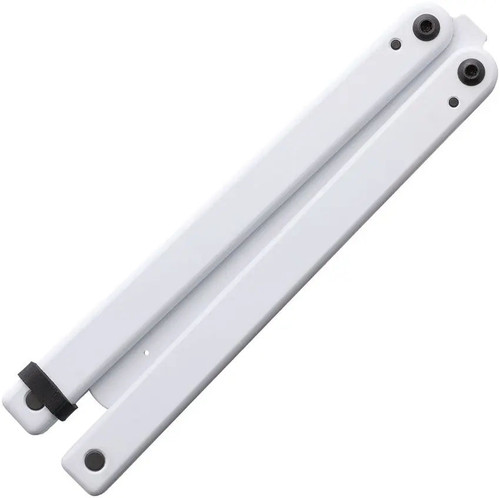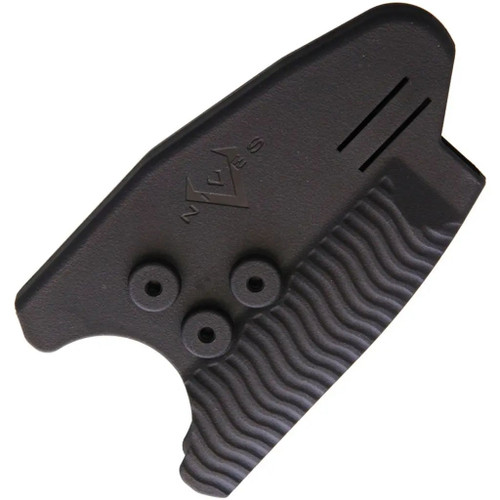None Knives
Tactical Gear and Non-Knives
Tactical gear is important for several key reasons, particularly in military, law enforcement, and emergency response contexts, as well as for outdoor enthusiasts and individuals engaged in recreational activities:
1. **Enhanced Performance and Safety**: Tactical gear is designed to optimize performance and safety in high-stress situations. It includes items such as body armor, helmets, tactical vests, and gloves that provide protection against ballistic threats, impacts, and environmental hazards. This equipment enhances the safety and effectiveness of personnel operating in dangerous or challenging environments.
2. **Operational Readiness**: Tactical gear ensures that military personnel, law enforcement officers, and emergency responders are properly equipped to handle a wide range of operational scenarios. This readiness includes carrying essential tools, communication devices, medical supplies, and specialized equipment needed to execute missions effectively and respond to emergencies promptly.
3. **Versatility and Adaptability**: Tactical gear is versatile and adaptable to different mission requirements and environmental conditions. It includes modular systems that allow for customization based on specific tasks, terrain, and operational objectives. This flexibility ensures that personnel can adjust their gear configurations to meet changing tactical needs.
4. **Protection and Durability**: Tactical gear is constructed from high-quality materials such as ballistic nylon, Kevlar, and reinforced fabrics that offer durability and protection against abrasions, cuts, and punctures. This robust construction ensures that gear can withstand harsh conditions and prolonged use without compromising functionality.
5. **Comfort and Mobility**: Modern tactical gear is designed to balance protection with comfort and mobility. Ergonomic designs, lightweight materials, and strategic placement of load-bearing components minimize fatigue and allow personnel to move swiftly and efficiently during operations. This aspect is crucial for maintaining operational effectiveness over extended periods.
6. **Communication and Connectivity**: Tactical gear often includes integrated communication systems, GPS devices, and night vision equipment that enhance situational awareness and coordination among team members. These technologies enable real-time information sharing, tactical decision-making, and operational coordination in dynamic environments.
7. **Training and Preparedness**: Tactical gear plays a vital role in training exercises and simulations, allowing personnel to practice operational procedures and test equipment functionality in realistic scenarios. This training enhances readiness, familiarizes personnel with their gear, and improves response times during actual missions or emergencies.
8. **Public Safety and Security**: In law enforcement and security roles, tactical gear reassures the public that officers are equipped to handle threats effectively while maintaining safety and order. The visible presence of specialized equipment can deter criminal activity and enhance public confidence in law enforcement capabilities.
In summary, tactical gear is essential for optimizing performance, ensuring safety, enhancing operational readiness, providing protection and durability, promoting comfort and mobility, facilitating communication, supporting training and preparedness, and maintaining public safety and security. It is a critical component in the arsenal of personnel tasked with protecting communities, responding to emergencies, and executing missions in challenging and dynamic environments.






